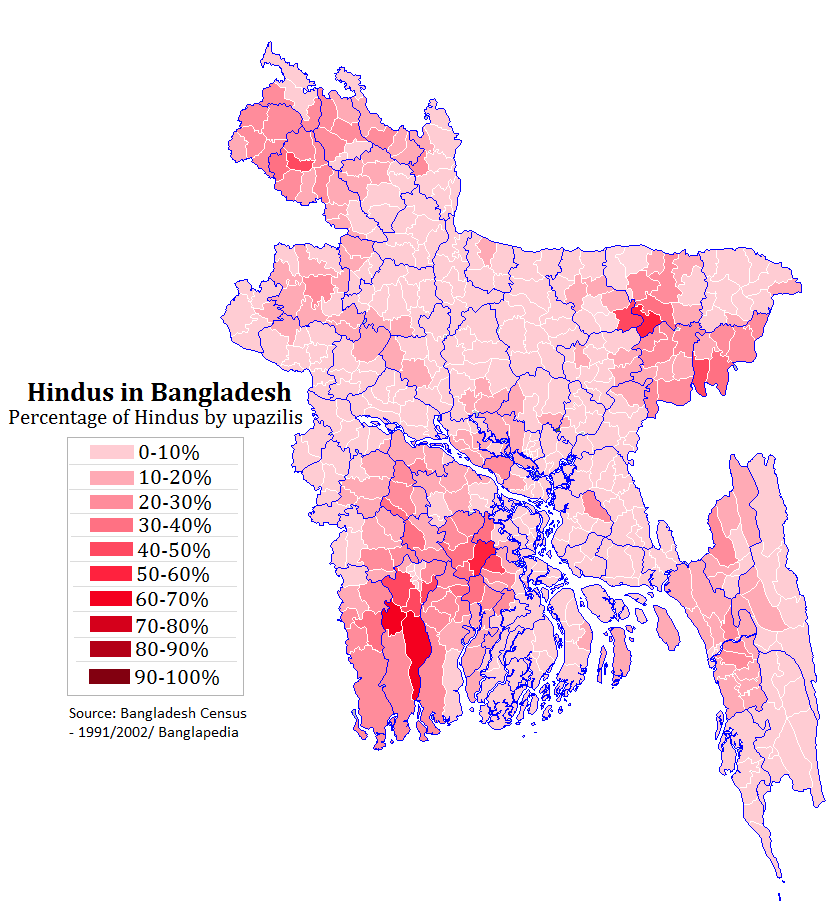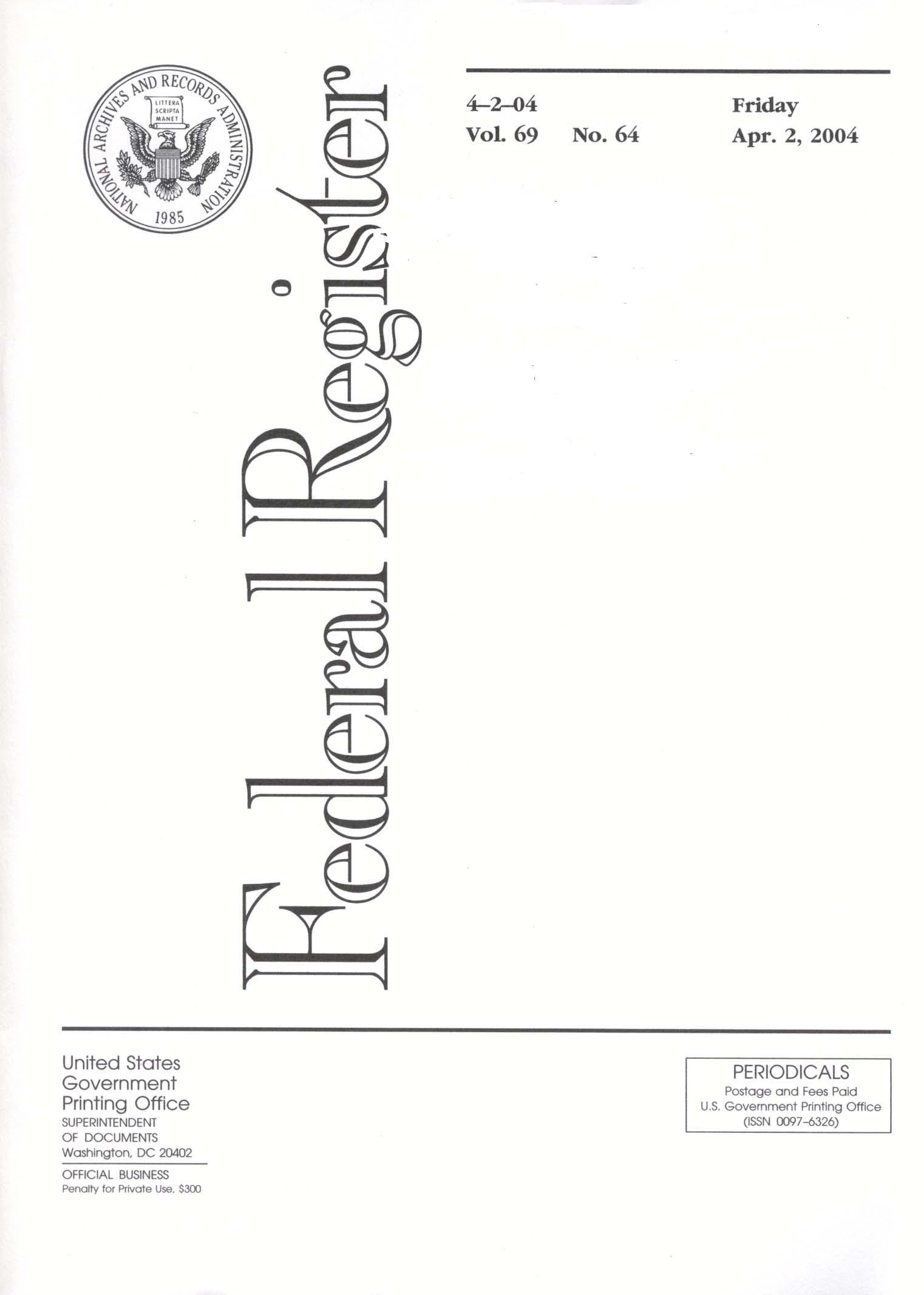|
Ajmiriganj
Ajmiriganj (, is an upazila of Habiganj District in the Division of Sylhet, Bangladesh. History In 1254, the Governor of Bengal Malik Ikhtiyaruddin Iuzbak invaded the Azmardan Raj (present-day Ajmiriganj). He defeated the local Raja. This was long before the Conquest of Sylhet in 1303.In the 1800s, a Sufi saint who was stationed at the Ajmer Sharif Dargah of Moinuddin Chishti, migrated to modern-day Ajmiriganj. His name was Syed Ishaq Chishti, and the locals referred to him as ''Ajmiri Baba'' ( Baba of Ajmer). After the death of Ishaq, a government gazette notified that Abidabad thana would be renamed Ajmiriganj ( Ganj of Ajmiri) in honour of Ishaq in circa 1907. Ajmiriganj amalgamated Bir Charan Govt Pilot High School was established in 1930. In 1983, Ajmiriganj thana was turned into an upazila. The names were changed from Aijadam > Ajmardan > Aijmadam > Abidabaad > Ajmiriganj. During the Bangladesh Liberation War of 1971, an eighteen hour long encounter between the freedom fig ... [...More Info...] [...Related Items...] OR: [Wikipedia] [Google] [Baidu] |
Jagat Joity Das
Jagat Joity Das (April 26, 1949 – November 16, 1971) was a martyr of the Bangladesh Liberation War. He was posthumously awarded the Bir Bikrom, the third highest award for gallantry, for his role in the freedom movement of Bangladesh. Early life and education Das was born in Jalsukha village Ajmiriganj, Habiganj District, Bangladesh in 1949. His father was Jitendra Das. Jagot Joity joined into movement against the Ayub Khan junta while still in school. In 1968, he passed his examinations and entered Sunamganj College, where he was an active member of the Menon Group Student Union. In 1969, Das went to Guwahati, India, where he entered Nampong College and learned about guerrilla warfare. Bangladesh war of liberation Das received training in Meghalaya and joined the guerrilla group of Mukti Bahini afterwards, which operated primarily in the Sunamganj Netrokona Habiganj river, or '''Haor'', area. His group was known to the local people as Das Party. According to Abdul Kaium, one f ... [...More Info...] [...Related Items...] OR: [Wikipedia] [Google] [Baidu] |
Habiganj District
Habiganj District (; ), formerly known as Habibganj District (), is a district in north-eastern Bangladesh, located in the Sylhet Division. It was established as a district in 1984 as a successor to its ''subdivision'' status since 1867. It is named after its founder, Syed Habib Ullah, son of Syed Hedayet Ullah, who is the founder of Sultani Habeli. History Ancient Prehistoric settlements were said to have been discovered in the Chaklapunji tea garden, near Chandirmazar of Chunarughat Upazila, Chunarughat. Habiganj has also revealed a significant number of prehistoric tools from the bed of Balu Stream, a small ephemeral stream (water remains here only for a few hours after rainfall). Angularity and freshness of the fossil wood artifacts suggest that they did not come from a great distance and probably came from nearby hillocks. Typologically, technologically, and morphometrically, the artifacts are more or less the same as those found in the Lalmai Upazila, Lalmai, Comilla. The ... [...More Info...] [...Related Items...] OR: [Wikipedia] [Google] [Baidu] |
Upazila
An ''upazila'' ( pronounced: ), formerly called ''thana'', is an administrative division in Bangladesh, functioning as a sub-unit of a district. It can be seen as an analogous to a county or a borough of Western countries. Rural upazilas are further administratively divided into union council areas (union parishads). Bangladesh has 495 upazilas. The upazilas are the second lowest tier of regional administration in Bangladesh. The administrative structure consists of divisions (8), districts (64), upazilas (495) and union parishads (UPs). This system of devolution was introduced by the former military ruler and president of Bangladesh, Lt-Gen Hossain Muhammad Ershad, in an attempt to strengthen local government. Below UPs, villages (''gram'') and ''para'' exist, but these have no administrative power and elected members. The Local Government Ordinance of 1982 was amended a year later, redesignating and upgrading the existing ''thanas'' as ''upazilas''. History Upa ... [...More Info...] [...Related Items...] OR: [Wikipedia] [Google] [Baidu] |
Conquest Of Sylhet
The Conquest of Sylhet () predominantly refers to an Early Muslim conquests, Islamic conquest of Srihatta (present-day Sylhet, Bangladesh) led by Sikandar Khan Ghazi, the military general of Sultan Shamsuddin Firoz Shah of the Lakhnauti Sultanate, against the Hindu king Gour Govinda. The conquest was aided by a Muslim saint known as Shah Jalal, who later ordered his disciples to scatter throughout eastern Bengal and propagate the religion of Islam. The Conquest of Sylhet may also include other minor incidents taking place after Govinda's defeat, such as the capture of nearby Taraf (Bengal), Taraf. Background The Greater Sylhet region historically consisted of many Hindu petty kingdoms such as Gour Kingdom, Srihatta (Gour), Laur Kingdom, Laur and Jaintia Kingdom, Jaintia. Govinda was a conservative Bengali Hindus, Hindu ruler of the Gour Kingdom, intolerant and harsh towards other faiths such as Islam, Buddhism and even certain denominations of Hinduism. It was known by his peopl ... [...More Info...] [...Related Items...] OR: [Wikipedia] [Google] [Baidu] |
Malik Ikhtiyaruddin Iuzbak
Malik Ikhtiyār ad-Dīn Yūzbak (), also known as Mughith ad-Din Abu al-Muzaffar (), was the appointed as the Delhi Sultanate's Governor of Bengal from 1251 CE to 1255 CE. He became an independent Sultan of North Bengal from 1255 CE to 1257 CE. As governor Yuzbak was appointed Governor of Bengal after Masud Jani was unable to defeat the forces delegated by Emperor Narasingha Deva I of Eastern Ganga for four years. In 1254, he invaded the Azmardan Raj (present-day Ajmiriganj) in northeast Bengal and managed to defeat the local Raja. In 1255, Yuzbak succeeded in repulsing Emperor Narasingha's forces, led by the emperor's son-in-law Savantar, away from south-western Bengal. After capturing Mandaran in western Bengal, Yuzbak fixed the border between the two empires at the Damodar River. As independent Sultan Following the recapture of Mandaran and southwestern Bengal, he signed a treaty of alliance with Narasingha and declared himself independent of the Delhi Sultanate. He style ... [...More Info...] [...Related Items...] OR: [Wikipedia] [Google] [Baidu] |
Upazilas Of Bangladesh
An ''upazila'' ( pronounced: ), formerly called ''thana'', is an administrative division in Bangladesh, functioning as a sub-unit of a districts of Bangladesh, district. It can be seen as an analogous to a county or a borough of Western countries. Rural upazilas are further administratively divided into Union councils of Bangladesh, union council areas (union parishads). Bangladesh has 495 upazilas. The upazilas are the second lowest tier of regional administration in Bangladesh. The administrative structure consists of divisions (8), districts (64), upazilas (495) and union parishads (UPs). This system of devolution was introduced by the former military ruler and president of Bangladesh, Hossain Mohammad Ershad, Lt-Gen Hossain Muhammad Ershad, in an attempt to strengthen local government. Below UPs, villages (''gram'') and ''para'' exist, but these have no administrative power and elected members. The Local Government local ordinance, Ordinance of 1982 was amended a year lat ... [...More Info...] [...Related Items...] OR: [Wikipedia] [Google] [Baidu] |
Sylhet Division
Sylhet Division () is a northeastern Divisions of Bangladesh, division of Bangladesh, renowned for its lush tea gardens, rolling hills and vibrant cultural heritage. Covering an area of approximately 12,298 square kilometres, it is bordered by the States and union territories of India, Indian states of Meghalaya, Assam and Tripura to the north, east and south respectively, while domestically it adjoins Chittagong Division, Chattogram to the southwest and Dhaka Division, Dhaka and Mymensingh Division, Mymensingh to the west. Prior to Partition of India, Partition in 1947, it included Karimganj district, Karimganj subdivision (presently in Barak Valley, Assam, India). However, Karimganj (including the thanas of Badarpur, Assam, Badarpur, Patharkandi and Ratabari Assembly constituency, Ratabari) was inexplicably severed from Sylhet by the Radcliffe Line, Radcliffe Boundary Commission. According to Niharranjan Ray, it was partly due to a plea from a delegation led by Abdul Matlib Ma ... [...More Info...] [...Related Items...] OR: [Wikipedia] [Google] [Baidu] |
Hinduism In Bangladesh
Hinduism is the second largest religion in Bangladesh, as according to the 2022 Census of Bangladesh, approximately 13.1 million people responded as Hindus, constituting 7.95% of the nation. Bangladesh is the third-largest Hindu populated country in the world, after India and Nepal. Hinduism is the Religion in Bangladesh, second-largest religion in 61 of 64 districts in Bangladesh, but there are no Hindu majority districts in Bangladesh. Demographics According to the 2001 Bangladesh census, there were around 11.82 million Hindus in Bangladesh constituting 9.6% of the population, which at the time was 123.15 million. The 2011 Bangladesh census, Bangladesh 2011 census states, that approximately 12.73 million people responded that they were Hindus, constituting 8.54% of the total 149.77 million. While 2022 Census of Bangladesh, put the number of Hindus in Bangladesh at 13.1 million out of total 165.1 million population, thus constituting 7.95% of the population. According to ... [...More Info...] [...Related Items...] OR: [Wikipedia] [Google] [Baidu] |
Mouza
In Bangladesh, Pakistan and parts of India, a mouza or mauza (also mouja) is a type of administrative district, corresponding to a specific land area within which there may be one or more settlements. Before the 20th century, the term referred to a revenue collection unit just underneath a ''pargana'' or revenue district. The mauza system in the Indian Subcontinent is similar to the manorial system in Europe. The head of a mauza is styled as Mustajir, Pradhan or Mulraiyat, equivalent to Lord of the Manor in the manorial system. As populations increased and villages became more common and developed, the concept of the mouza declined in importance. Today it has become mostly synonymous with the ''gram'' or village. Most voter lists, for example, now use the names of villages rather than mouzas. In contemporary Pakistan, a mouza is defined as "a territorial unit with a separate name, definite boundaries, and area precisely measured and divided into plots/ khasras/survey numbers." ... [...More Info...] [...Related Items...] OR: [Wikipedia] [Google] [Baidu] |
Government Gazette
A government gazette (also known as an official gazette, official journal, official newspaper, official monitor or official bulletin) is a periodical publication that has been authorised to publish public or legal notices. It is usually established by statute or official action, and publication of notices within it, whether by the government or a private party, is usually considered sufficient to comply with legal requirements for public notice. Gazettes are published either in print, electronically or both. Publication within privately owned periodicals In some jurisdictions, privately owned newspapers may also register with the public authorities in order to publish public and legal notices. Likewise, a private newspaper may be designated by the courts for publication of legal notices. These are referred to as "legally adjudicated newspapers". See also *List of government gazettes *List of British colonial gazettes *Journals of legislative bodies *Annals *Newspaper of record ... [...More Info...] [...Related Items...] OR: [Wikipedia] [Google] [Baidu] |



